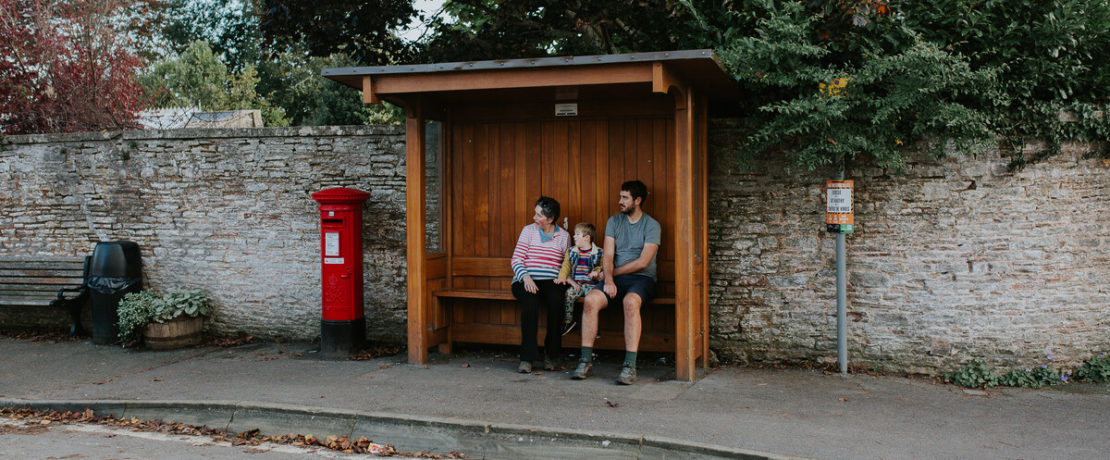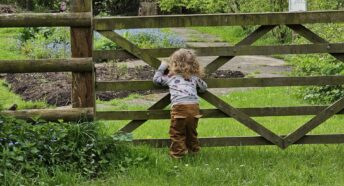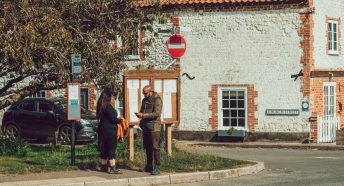The high cost of country living
From soaring energy bills to a dearth of affordable housing, our rural communities are at the sharp end of the cost-of-living crisis – and they deserve a fairer deal to help unlock their huge potential, writes Andrew McCloy.
Sleepless nights
Fifty-year-old Matt Culley stares out across the fields of his Hampshire farm with a rueful shake of the head. ‘Farming is a risky business where you have to make daily calculations,’ he says, ‘but I’ve never known so many challenges on so many fronts. I really worry about the future.’
Matt manages 650 hectares of owned and contract arable farmland near Andover, and says the current economic uncertainty is causing him sleepless nights. ‘Within the past year, the price of fertiliser has more than doubled, and the supply remains highly unpredictable. Then, add to that rocketing costs of fuel and energy, feed prices and ongoing labour shortages. For farmers, the cost of making a living in the countryside has never been harder. I know farmers who are thinking of getting out altogether.’
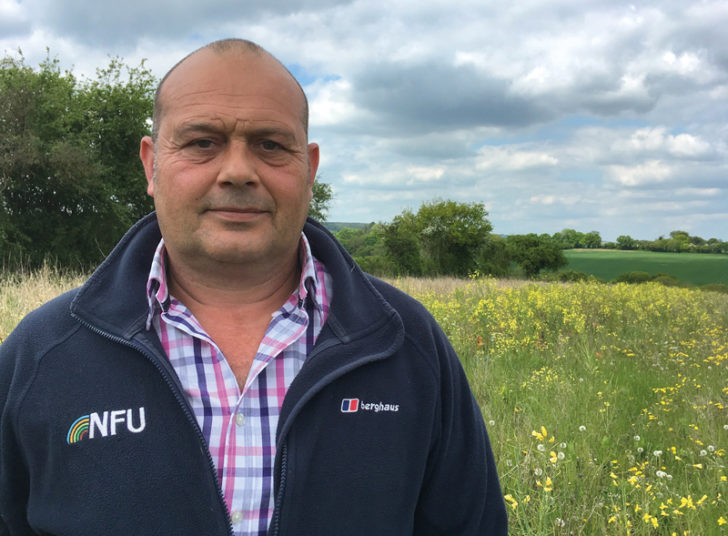
The problems facing farmers like Matt reflect a wider economic crisis that is having a disproportional impact on rural communities. Spiralling prices, the legacy of coronavirus and chronic underfunding in rural services has meant that the countryside is in danger of being left behind.
Disparity in rural support
Analysis of the local government finance settlement for 2022-23 by the Rural Services Network has revealed the gulf in support between rural and urban areas. Rural authorities are set to receive 37% (or £105) per head less than their urban counterparts, but on average will pay 21% (or £104) per head more in council tax, due to receiving less in grants.
Quite apart from the fundamental unfairness of this, the disparity matters. It not only costs more to deliver the same services in rural areas, but for all sorts of socio-economic reasons, there is greater overall need in the countryside.
Even the very mechanisms intended to offer support are often weighted against rural communities. For instance, the state’s welfare systems are poorly adapted to rural circumstances, failing to appreciate the volatility and irregularity of rural incomes. Nor do these systems tend to take into account obstacles like lengthy rural travel times, or problems with rural broadband and mobile coverage, leading to lower overall rates of benefit take-up in rural areas.
Levelling up or letting us down?
So, will the government’s much-heralded ‘levelling up’ agenda really address this systemic inequality? ‘For many years, successive administrations have failed rural communities by simply not investing in basic infrastructure and services and letting the gulf between rural and urban widen,’ says Jeremy Leggett, policy adviser for Action with Communities in Rural England (ACRE). ‘If they are serious about levelling up, it’s crucial that they measure the impact within, and not just between, regions. It shouldn’t simply be about north and south, but evaluating urban and rural areas at a micro scale within regions.’
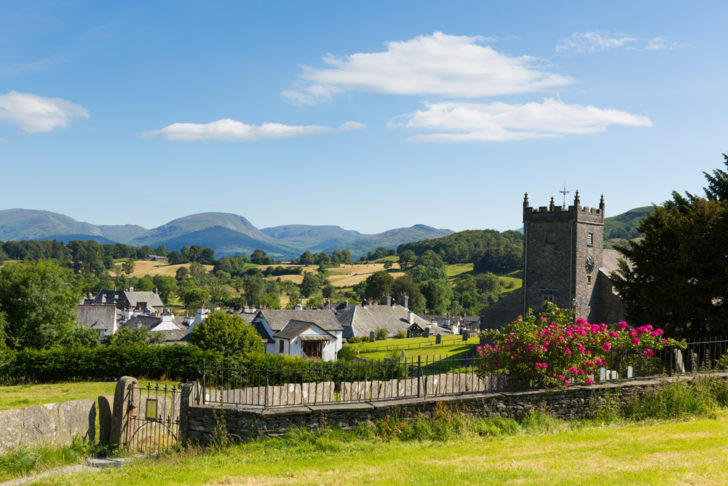
Despite the urgency of the current situation, what is really needed is longer-term, lasting change, says Jeremy. ‘We must be careful not to conflate the short-term cost-of-living crisis with the need to make long-term structural changes,’ he notes. ‘Policy needs to be rural-proofed, and government has to set out a clear vision for the future of rural England.’
Fuel and transport poverty
In terms of levelling up, perhaps nowhere is the imbalance so stark for rural communities than around energy and fuel. Here, two deep-rooted problems have created what has been described as ‘dual energy vulnerability’ for rural households.
First, countryside dwellers have some of the hardest-to-heat homes. Take Cornwall, where a staggering 47% of homes are not connected to mains gas. Instead, they often rely on LPG (liquefied petroleum gas) or heating oil, which are volatile in price and not covered by the Ofgem price cap. Houses in rural areas tend to be older, and retrofitting insulation can be difficult and costly. Meanwhile, poorer households in rural areas are more likely to live in privately rented houses than those in urban areas, where social housing is more plentiful.
Domestic energy and heating issues are compounded by a second challenge: transport. Rural communities face higher travel costs, whether for work or for simply accessing day-to-day services. Where public transport is limited or non-existent, there is little alternative to the car.
As Jeremy puts it, ‘Without further financial aid, these people will increasingly face difficult choices between turning their heating on or putting fuel in their car to get to work.’
Energy bills jumped in April this year, and are set to do the same again in the autumn. Data projections from the End Fuel Poverty Coalition have highlighted the vulnerability of many rural areas. Further, a third of households are predicted to experience fuel poverty across rural west Norfolk, north east Lincolnshire, Herefordshire and Shropshire.
Home truths
Statistics like these lay bare the myth that poverty is an urban phenomenon, and that somehow rural areas are less prone to economic hardship. Indeed, successive surveys and reports suggest that the situation for many living in the countryside is actually getting worse.
CPRE’s research has underlined that building more affordable homes in rural areas makes sense financially, socially and fiscally. It would also provide a much-needed boost to the local communities most impacted by the pandemic. But as CPRE analysis earlier this year showed, the supply of affordable homes in the countryside has markedly declined in the past few years. This is in part due to the 1,000% increase in short-term and holiday lets in rural areas between 2015 and 2021. The problem is exacerbated by developers claiming they will make insufficient profits as an excuse to get out of meeting affordable housing quotas in new developments.
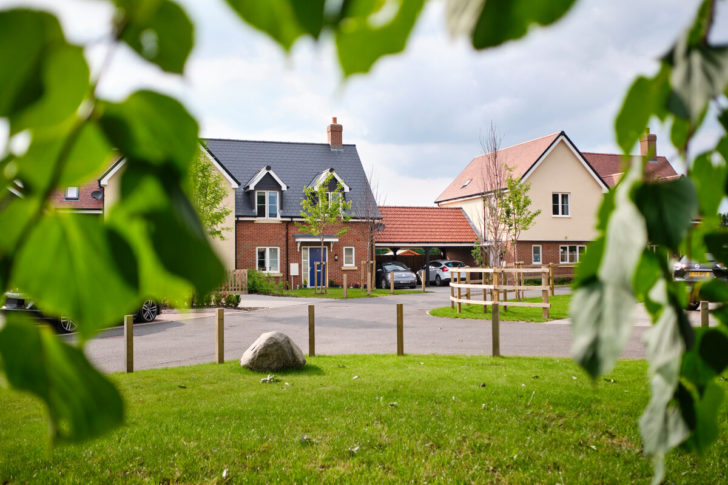
It seems that at the very moment when the countryside needs more affordable and energy-efficient homes to help young people and families withstand the economic crunch, there are in fact fewer social housing projects being completed. Rural housing supply is shrinking and waiting lists are getting longer. ‘There has to be a government response to the fact that our rural housing supply is disappearing into an unregulated short-term rentals market that simply didn’t exist six years ago,’ says CPRE chief executive Crispin Truman. ‘We already know we have to build more social housing to meet communities’ needs – preferably on brownfield land and village infills. But such measures as planning permission for short-term lets are desperately needed if the problem isn’t to be made even worse.’
Unlocking rural potential
Despite everything, rural communities have enormous potential to contribute to the economic health of the nation. As CPRE has argued, the countryside should be at the heart of a green economy built around sustainable food production, nature restoration, rural homeworking and carbon-saving staycations that don’t impact unsustainably on rural communities.
Properly supported and rewarded, our beleaguered farming industry will not only continue to support hundreds of thousands of jobs, increase national food security and provide stewardship of our most valued landscapes, but it will also play an important role in addressing the biggest crisis of them all: the climate emergency.
CPRE believes that empowering farmers to adopt a more sustainable approach can increase both environmental and economic resilience – a view echoed by Martin Lines, chair of the Nature Friendly Farming Network. ‘Adopting nature-friendly farming practices can help reduce input costs and increase the diversity of outputs. Building soil health, having diverse crop rotations and delivering habitats for nature that pollinate your crops and predate your pests will offer multiple financial benefits.’
As Martin points out, farming faces huge challenges in the future as our climate changes. ‘Working to build resilience in our businesses through mixed systems and landscape recovery not only gives farmers a buffer against economic or natural shocks like extreme weather, but also helps reduce our reliance on costly inputs,’ he adds.
Community self-help
When rural industries and community-led initiatives are able to prosper, the wider rural economy and society also benefit. We’ve seen this with community renewable energy enterprises, such as the Schools’ Energy Co-operative, which has worked with local communities to install rooftop solar arrays at 90 schools, children’s centres and other sites. This has brought down their energy bills and channelled any profits back into its member schools.
Many community-owned renewables are using their incomes from high energy prices to plough back funds into communities that are experiencing social hardships. Early in the pandemic, locally run Ferry Farm Community Solar directed £40,000 into a coronavirus hardship fund for residents of Selsey and Sidlesham in West Sussex. Elsewhere, community-led fuel poverty schemes are providing practical help, such as the ‘Bee Warm’ initiative set up by the Gawcott Fields Community Solar group in Buckinghamshire. This group is advising on (and in some cases helping to implement) energy-efficiency improvements around peoples’ homes.
Jake Burnyeat of Communities for Renewables, which has supported many of these not-for-profit energy enterprises, says that in these instances, it has been rural communities, not lenders or shareholders, who have benefited the most from the current dividend. ‘In a way, this is achieving what an energy windfall tax at a national scale should, but at a local community level.’
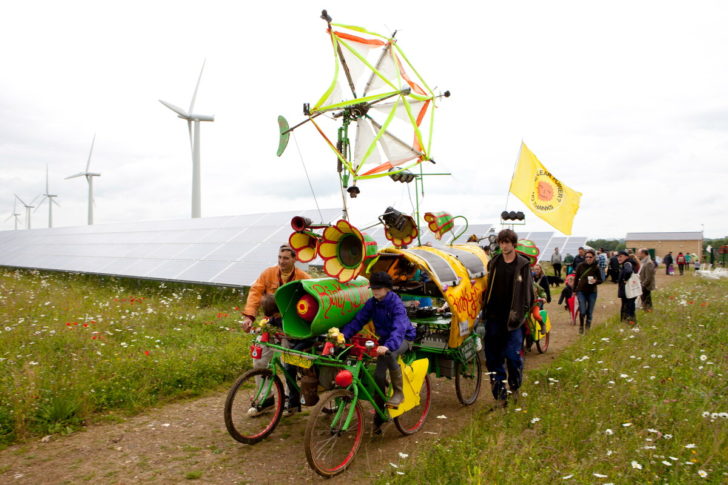
He believes community-owned renewable energy can and should be a key part of the rural economy. ‘If rural communities can better keep the surplus funds these schemes are generating within their own areas, quite apart from promoting energy efficiency and becoming low carbon, they can help shape a more equitable future for those that live and work in the countryside.’
Driving change
If there’s any silver lining to the storm clouds facing the countryside, it’s that the current crises are sometimes driving positive change – whether that’s communities coming together to help themselves, or rural industries diversifying to become more resilient. But ultimately, to make sure that already disadvantaged communities don’t fall further behind, the government needs to invest more strategically in a greener economy. Community self-help is essential, but true levelling up in the countryside requires more fundamental and sweeping action to rebalance housing, transport, broadband and other essential services.
A version of this article was originally published in CPRE’s award-winning magazine, Countryside Voices. You’ll have Countryside Voices sent to your door three times a year, as well as access to other benefits including discounts on attraction visits and countryside kit from major high street stores when you join as a CPRE member. Join us now.
About the author
Andrew McCloy is a writer and journalist specialising in countryside and recreation issues, and also the chair of the Peak District National Park.
